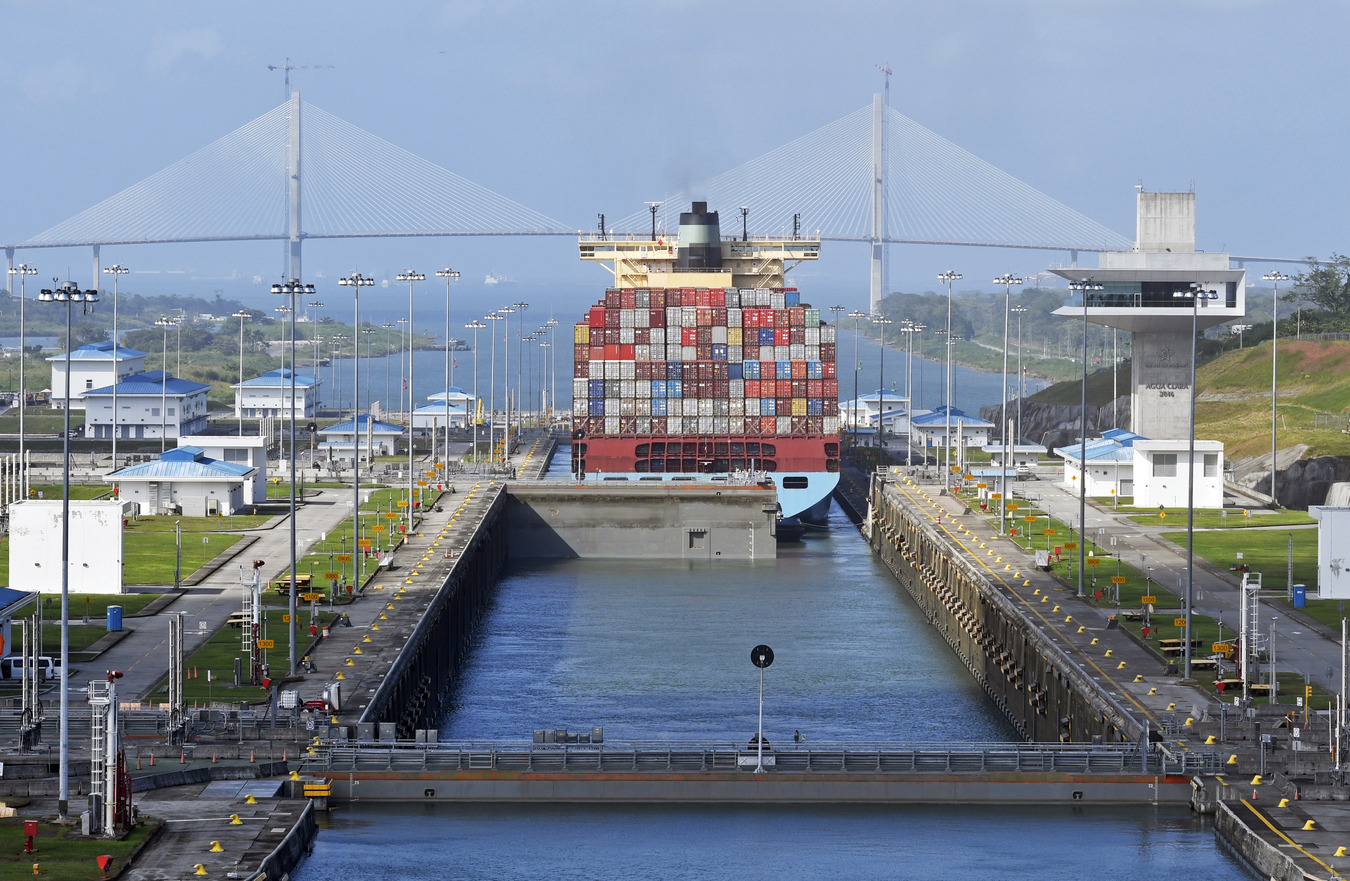Africa-South America Summit to Boost South-South Ties
Africa-South America Summit to Boost South-South Ties
South American leaders head to Equatorial Guinea this week to talk trade with their African counterparts.
African and South American leaders meet this week at the Third Summit of Africa and South America, taking place from February 20 to 23 in Equatorial Guinea, the only Spanish-speaking country in Africa. Heads of state convene on Friday, with Brazilian President Dilma Rousseff, Bolivian President Evo Morales, and Surinamese President Desi Bouterse slated to attend the event. Initiated by Brazil and Nigeria, the first summit took place in 2006, with a second conference in Venezuela in 2009. Trade, energy, and infrastructure top the agenda, as Africa-South American economic ties keep expanding.
Trade between Africa and South America rose 75 percent since 2006, reaching $39 billion in 2011. Brazil, which accounts for 70 percent of South American trade with Africa, began expanding commercial and diplomatic ties with the continent during former President Luiz Inácio Lula da Silva’s administration. Africa-Brazil trade reached $26 billion in 2012, an 85 percent increase over six years.
But it’s not just Africa’s natural resources that interest Brazil. The Brazilian government has its eye on Africa’s growing consumer markets; industrial products make up 42 percent of Brazilian exports to African countries. Speaking about trade with developing markets, Itamaraty General Undersecretary of Policies Ambassador Maria Edileuza Fontenele Reis noted last week that “there’s ample room to grow, since the tendency is for the purchasing power of these populations to expand.” Charged with South-South technical cooperation, the government-run Brazilian Cooperation Agency plans to spend $70 million—over half its budget—in 42 African countries from 2012 to 2014. While less active in African affairs than her predecessor, Rousseff plans several more visits to the African continent this year. She heads to Nigeria after the summit, to South Africa in March for a BRICs conference, and to Ethiopia in May.
Argentina, too, has sought to increase trade with Africa. Last year, President Cristina Fernández de Kirchner traveled to Angola, which saw an 800 percent increase in Argentine imports from 2001 to 2010. Also in 2012, the minister of industry traveled to Mozambique, which accounts for around $100 million in trade with Argentina. Even Uruguay has expanded connections with Africa, with trade amounting to approximately $230 million annually. Uruguayan exports to South Africa more than doubled last year from 2011, and Nigerian imports to Uruguay jumped from $12 million in 2011 to $337 million in 2012. In 2012, the country opened an embassy in Angola, the third Uruguayan mission in Africa along with Egypt and South Africa.
However, BBC Brasil points out that few South American presidents will attend the conference, indicating a lack of interest and still-modest ties with the continent. Other South American countries—such as Argentina and Ecuador—will send foreign ministers instead of heads of state.
Learn More:
- Visit Equatorial Guinea’s Ministry of Foreign Affairs site for updates on the summit.
- Check President Dilma Rousseff’s Blog do Planalto for upcoming information on her participation in the summit.
- See declarations from the past two ASA conferences.
- Read about a 2012 AS/COA program examining Brazil’s growing ties with Africa.







